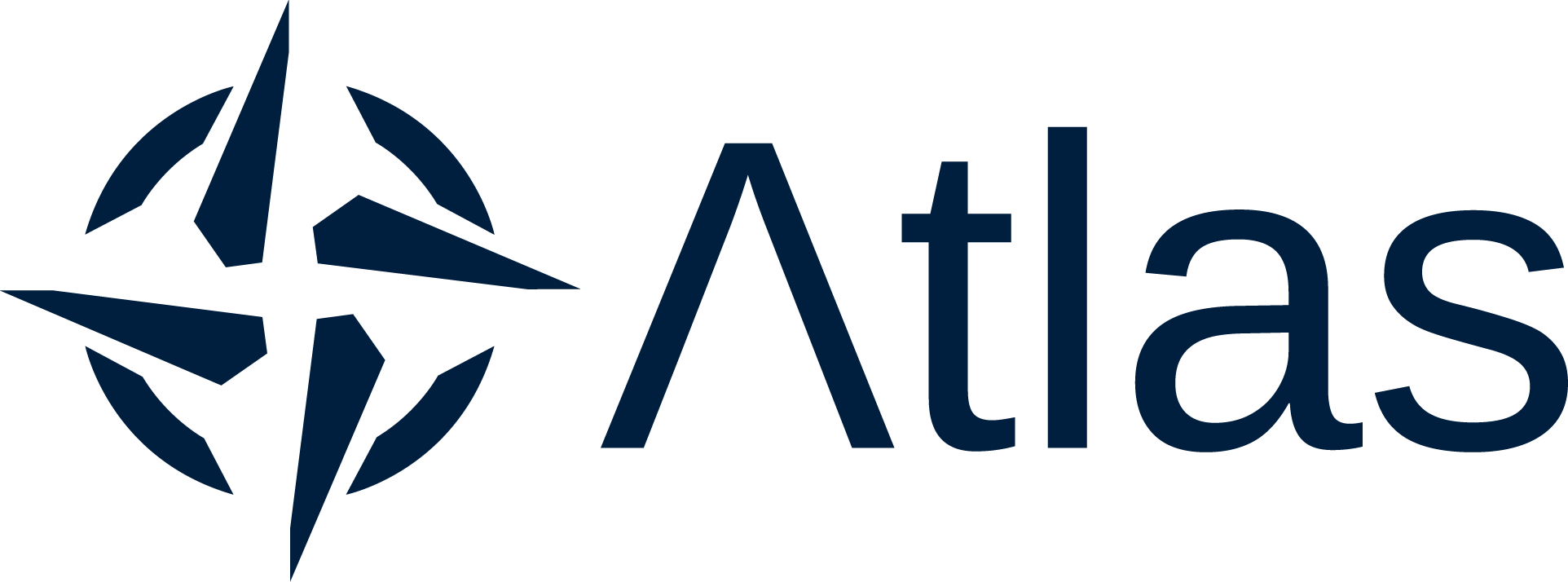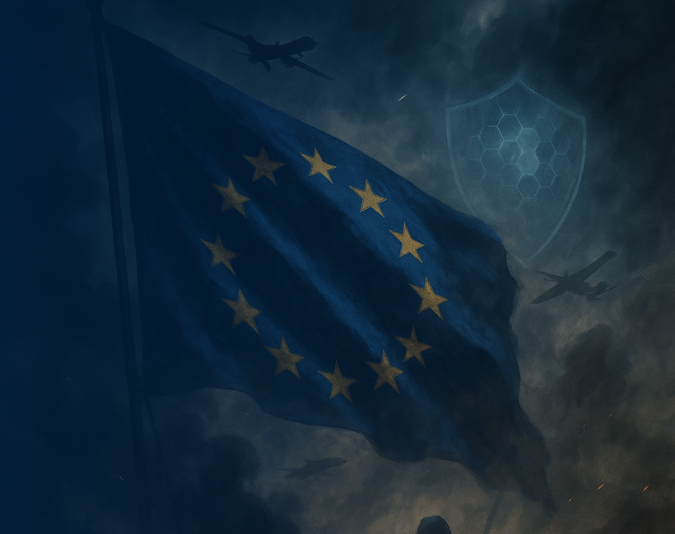The European integration project was born, to a large extent, as an attempt to guarantee peace in a continent devastated by two World Wars. Amidst the rising tensions between the Soviet and the American blocs during the Cold War, the European Economic Community managed to consolidate itself as a space for political stability and economic prosperity. Although the global conflict was latent, Western Europe enjoyed decades of relative peace under the protection of the US military umbrella and the NATO framework.
However, the 21st century has brought about significant changes to global dynamics. The rise of new global powers such as Russia and China, the spread of extremism across different regions, and the resurgence of populism within and beyond Europe have forced the European Union to rethink its understanding of security and its role on the international stage. The assumption that peace could be preserved solely through diplomacy and economic interdependence has been challenged by a world increasingly shaped by hybrid threats[i].
The Russian invasion of Ukraine in 2022 marked a turning point in European defense culture, forcing the old continent to wake up and assess its dependence in terms of security and autonomy[ii]. The European Union’s Common Foreign and Security Policy (CFSP)[iii], the framework through which member states coordinate their foreign and defense policy to ensure security and promote democratic values, has proved to be limited in an arena of growing tensions and decline of the public legal system, mainly due to underinvestment and capability gaps, and the stagnation caused by its own decision-making system based on unanimity. Today, Europe faces a strategic dilemma: balancing its identity as a space for pace and human rights with the necessity of strengthening its military capabilities.
The development and outcome of the war in Ukraine mirror the current crisis and future of the European defense landscape. For three years, Europe has supported Ukraine to prevent its defeat, as failure would undermine the continent’s resilience. Although there is a tendency towards an increase in military expenditure[iv], European investment remains well below that of the United States. Without US aid, Europe could not sustain itself. The continent must therefore adapt to a new reality in which the transatlantic relationship cannot be considered a guarantee of security.
The outsourcing of European security over the last 80 years has led to fragmentation in the industrial sector, low competitiveness, and total dependence on critical materials, such as rare earth metals, which is imported entirely from China[v] for the manufacture high-performance technologies. This vulnerability underscores the need to strengthen Europe’s strategic autonomy and rethink its defense structure in the face of an increasingly unstable international environment.
As a result, the European Commission and the High Representative presented the White Paper for European Defense – Readiness 2030[vi] in March 2025, a plan to strengthen Europe’s military preparedness and mobilize more than €800 billion through national fiscal flexibility. The Defense Readiness Roadmap 2030 includes flagship projects such as Eastern Flank Watch, European Drone Defense Initiative, European Air Shield, and European Space Shield, aimed at improving surveillance, innovation, and preparedness for extreme scenarios. However, its effectiveness has been the subject of debate: some critics question the EU’s ability to coordinate investments among member states, the speed of implementation, and the real strategic autonomy it can achieve given its historical dependence on the US and its historical paralysis due to its unanimity-based decision-making system.
This context is exacerbated by external pressure, such as that from US President Donald Trump, who has demanded an increase in military spending within NATO[vii], proving that rearming Europe goes beyond the military or economic spheres, acquiring a political dimension as well. Trump´s firm stand on military contributions has highlighted internal disagreements and fragmentation in Europe. While some powers, like Geremany[viii], plan to double their military expenditure in 5 years to hit NATO´s 3.5% target of gross domestic product (GDP), others, like Spain[ix], are reluctant, reflecting divergent views and asymmetric priorities on the continent’s military role and projection.
This difference in risk perception and foreign policy priorities, coupled with frequent blockages within the European system itself, could lead member states to prioritize their own interests over collective objectives. Instead of talking about unified European rearmament, there would be a risk of fragmented rearmament among the 27 member states, which would limit the EU’s ability to act jointly and effectively in the face of external threats.
In conclusion, the war in Ukraine has highlighted Europe’s structural weaknesses in defense: dependence on the United States, industrial fragmentation, and lack of coordination among member states. Over the past 40 years, Europe has prioritized pacifism and disarmament, which has led to a cumulative deficit in military capabilities and weakened its strategic autonomy. Recent initiatives such as the White Paper “Readiness 2030” represent the first steps in a historic shift toward European rearmament, seeking to close capability gaps, strengthen industry, and foster coordination among member states. However, rebuilding lost military capacity will take time: even with significant investment, it will take time for Europe to regain the ground lost through decades of disarmament. This situation underscores the urgent need for a profound restructuring of the European security and defense plan, combining joint investment, effective coordination, and industrial strengthening, to ensure that the continent can act sovereignly and effectively in the face of 21st-century challenges.
[i] European Commission. (n.d.). Hybrid Threats. Defence Industry and Space. Retrieved from https://defence-industry-space.ec.europa.eu/eu-defence-industry/hybrid-threats_en
[ii] Gautier, L. (2022, March 2). Ukraine: “If Europe doesn’t wake up, it will soon fall prey to many predators”. Louis Gautier. https://www.louisgautier.fr/defense/securite-europeenne/ukraine-if-europe-doesnt-wake-up-it-will-soon-fall-prey-to-other-predators/
[iii] European Commission. (n.d.). Common Foreign and Security Policy. Retrieved from https://commission.europa.eu/funding-tenders/find-funding/eu-funding-programmes/common-foreign-and-security-policy_en
[iv] Council of the European Union. (2025). EU defence in numbers. Retrieved from https://www.consilium.europa.eu/en/policies/defence-numbers/
[v] European Commission. (n.d.). Critical raw materials. Retrieved from https://single-market-economy.ec.europa.eu/sectors/raw-materials/areas-specific-interest/critical-raw-materials_en
[vi] European Commission (2025). Introducing the White Paper for European Defence and the ReArm Europe Plan-Readiness 2030. Defence Industry and Space. Retrieved from https://defence-industry-space.ec.europa.eu/eu-defence-industry/introducing-white-paper-european-defence-and-rearm-europe-plan-readiness-2030_en
[vii] U.S. Department of War. (2025). NATO Leaders pledge to increase defense spending. Retrieved from https://www.war.gov/News/News-Stories/Article/Article/4226009/nato-leaders-pledge-to-increase-defense-spending/
[viii] Atlantic Council. (2025). Germany wants to double its defense spending: Where should the money go? Retrieved from https://www.atlanticcouncil.org/blogs/new-atlanticist/germany-wants-to-double-its-defense-spending-where-should-the-money-go/
[ix] Reuben, A. (2025). Why Trump is targeting Spain over NATO spending. BBC News. Retrieved from https://www.bbc.com/news/articles/ckg3082d3ero




